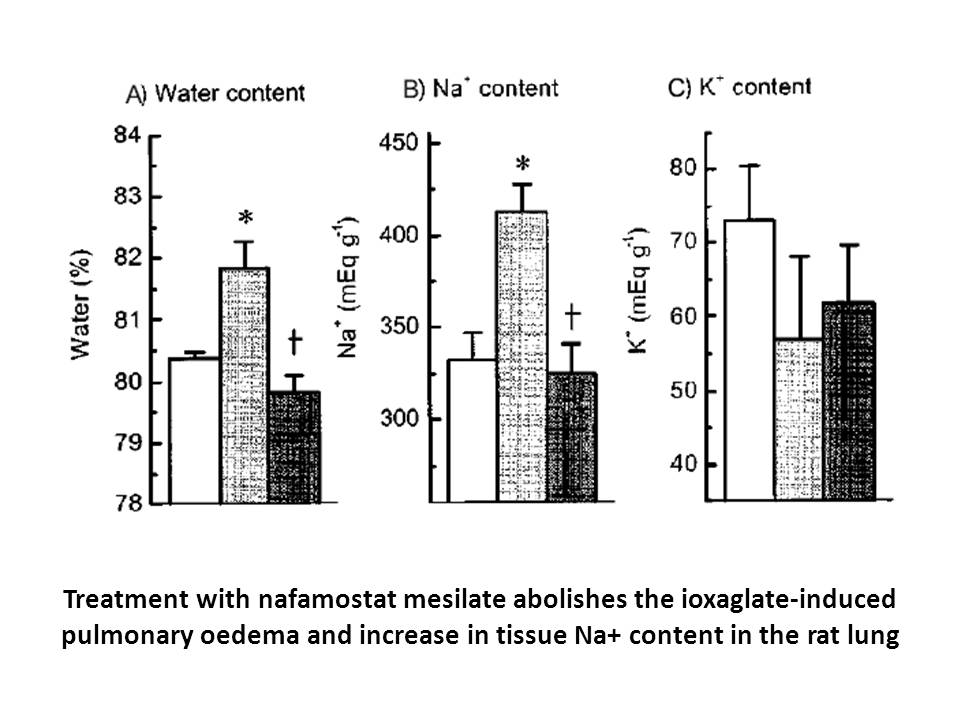Archives
br Conflict of interest br Introduction Hepatosplenic T cell
Conflict of interest
Introduction
Hepatosplenic T cell lymphoma (HSTCL) is a very rare type of hematologic malignancy, making up about 5% of peripheral T-cell lymphomas. It predominantly affects young male adults, with a higher incidence in patients submitted to immunosuppressive treatment for chronic inflammatory bowel disease. This unfrequent lymphoma is characterized by extranodal infiltration of mature malignant post-thymic T-lymphocytes into sinusoids of the liver and spleen, so it usually presents with hepatosplenomegaly (without lymphadenopathy) and the presence of peripheral blood cytopenia, which reflects a high incidence of bone marrow infiltration [1].
HSTCL is a highly aggressive malignancy associated with a poor prognosis, because the results obtained by conventional chemotherapy usually are disappointing, with a median overall survival barely exceeding 1 year [2]. Given the rarity and the aggressiveness of the disease, several investigators have explored the use of high dose chemotherapy supported by autologous stem cell transplantation (SCT), without drawing any definite conclusions [3,4].
Allogeneic SCT (BMT) has a well established role in the treatment of otherwise incurable malignancies; in relapsed or refractory peripheral T-cell lymphoma, alloSCT enables to achieve a long-term remission in nearly 40% of the patients [5].
In patients affected by HSTCL there are anedoctal reports and small case series reporting beneficial effect of the allografting procedure, using HLA identical sibling or matched unrelated donors (MUD) [6–8].
Case report
A 48-year-old man, without any relevant past medical problems and no social/physiological abnormalities, was referred to our service in May 2012 with fever, fatigue, weight loss, sweating and abdominal pain. He showed a considerable hepatomegaly (extending for 8cm below the right costal margin) and splenomegaly (extending for 14cm below the left costal margin). Laboratory data showed: haemoglobin level 11g/dL, platelet count 72×109/L, D-Luciferin count 3.5×109/L with neutropenia (0.96×109/L) without morphological abnormalities; AST 184IU/L and ALT 128IU/L (normal values 10–40IU/l); Lactate-dehydrogenase 4390IU/L (normal<500IU/L). Serologic test for toxoplasmosis, cytomegalovirus, EBV, HIV, hepatitis, herpesvirus were negative.
TCR gene arrangement was studied by PCR analysis on marrow sample and showed clonal restriction of αβ chain [9]. Cytogenetic analysis revealed a normal karyotype.
A liver biopsy depicted an abnormal lymphocytic infiltrate CD3 positive, CD 4 and CD 8 negative and with the same TCR αβ clonal restriction pattern (Fig. 1).
The patient was started on induction chemotherapy containing cyclophosphamide, vincristine, etoposide, doxorubicin and prednisone (CHOEP) plus central nervous (CNS) prophylaxis with methotrexate and steroid. After the first cycle the patient׳s clinical picture did not improved, with persisting hepato-splenomegaly and liver dysfunction; therefore, we decided to intensify the treatment protocol with the Hyper-C-HIDAM regimen (cyclophosphamide 300mg/m2 days 1–3 plus high-dose cytarabine 2g/m2 bid days 1–3 and methotrexate 2000mg/m2 for 24h of continuous infusion). After three courses a partial remission (PR) was achieved, with reduction of spleen size but persistence of neoplastic marrow involvement. During the fourth course of Hyper-C-HIDAM the patient was submitted to peripheral blood  stem cell (PBSC) mobilization, with a yield of 6.8×106/kg. In October 2012, a high-dose conditioning therapy (FEAM) was begun with fotemustine (150mg/m2 −7, −6), etoposide (100mg2/m2 −5, −4, −3, −2), cytarabine (200mg2/m2 −5, −4, −3, −2) and melphalan (140mg/m2 −1), followed by reinfusion of autologous PBSC (3.40 CD34+ cells×106/kg).
Considering the disease persistence, a decision was made to perform an allogeneic stem cells transplant with a non myeloabtive conditioning (NMA). Since the patient had neither sibling nor voluntary donors it was established to carry out a HLA-haploidentical SCT from his daughter. Unfortunately, just a week before starting the preparative regimen, lymphoma progressed with an increasing splenomegaly, worsening of pancytopenia and increasing of the pathologic lymphoid cells in the marrow (70% of cells). Having evidence of the lymphoma׳s refractoriness and considering the patient׳s young age we re-scheduled our initial program towards a myeloablative conditioning regimen containing thiotepa (5mg/kg −6, −5 days), Busulphan (3.2mg/kg −5, −4, −3 days) and Fludarabine (30mg/m2 −7, −6, −5, −4 days), with reinfusion of 2.66×106/kg of CD 34+ bone marrow stem cells.
stem cell (PBSC) mobilization, with a yield of 6.8×106/kg. In October 2012, a high-dose conditioning therapy (FEAM) was begun with fotemustine (150mg/m2 −7, −6), etoposide (100mg2/m2 −5, −4, −3, −2), cytarabine (200mg2/m2 −5, −4, −3, −2) and melphalan (140mg/m2 −1), followed by reinfusion of autologous PBSC (3.40 CD34+ cells×106/kg).
Considering the disease persistence, a decision was made to perform an allogeneic stem cells transplant with a non myeloabtive conditioning (NMA). Since the patient had neither sibling nor voluntary donors it was established to carry out a HLA-haploidentical SCT from his daughter. Unfortunately, just a week before starting the preparative regimen, lymphoma progressed with an increasing splenomegaly, worsening of pancytopenia and increasing of the pathologic lymphoid cells in the marrow (70% of cells). Having evidence of the lymphoma׳s refractoriness and considering the patient׳s young age we re-scheduled our initial program towards a myeloablative conditioning regimen containing thiotepa (5mg/kg −6, −5 days), Busulphan (3.2mg/kg −5, −4, −3 days) and Fludarabine (30mg/m2 −7, −6, −5, −4 days), with reinfusion of 2.66×106/kg of CD 34+ bone marrow stem cells.